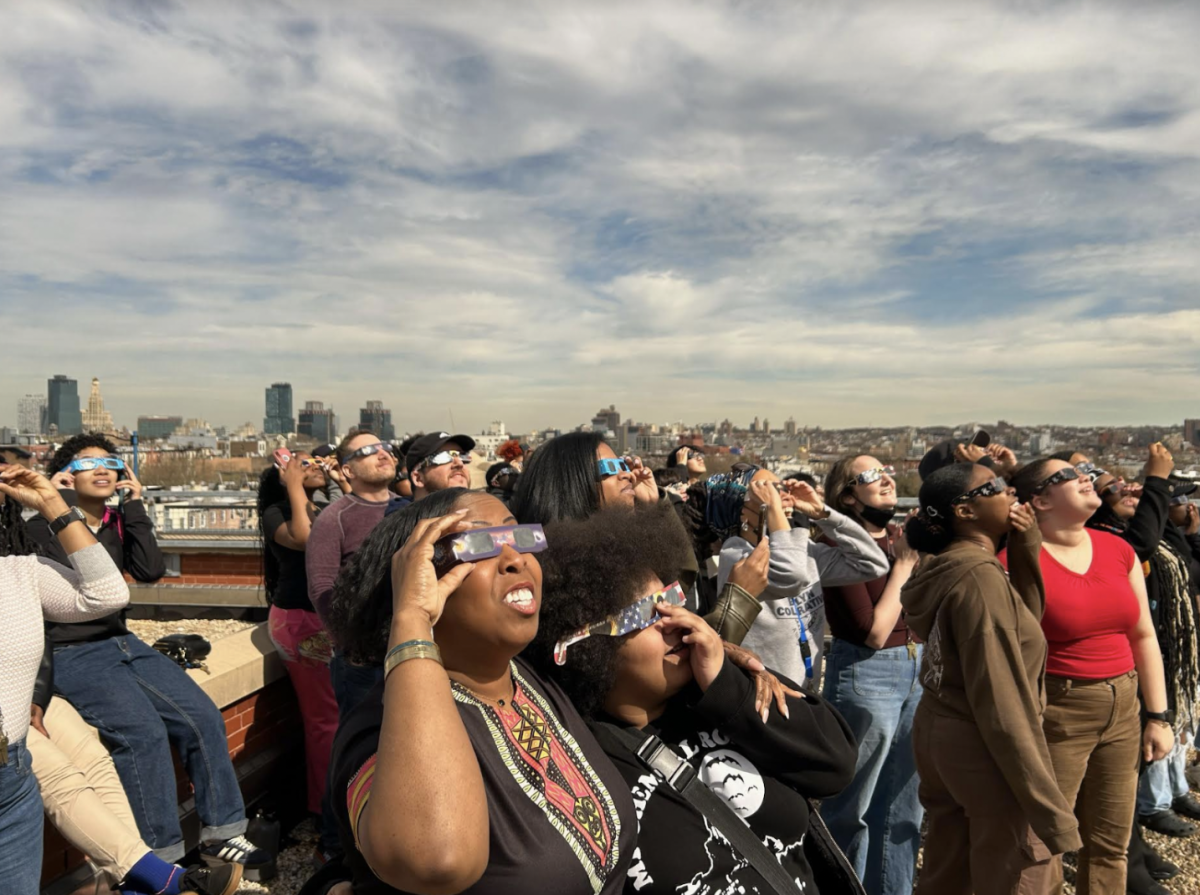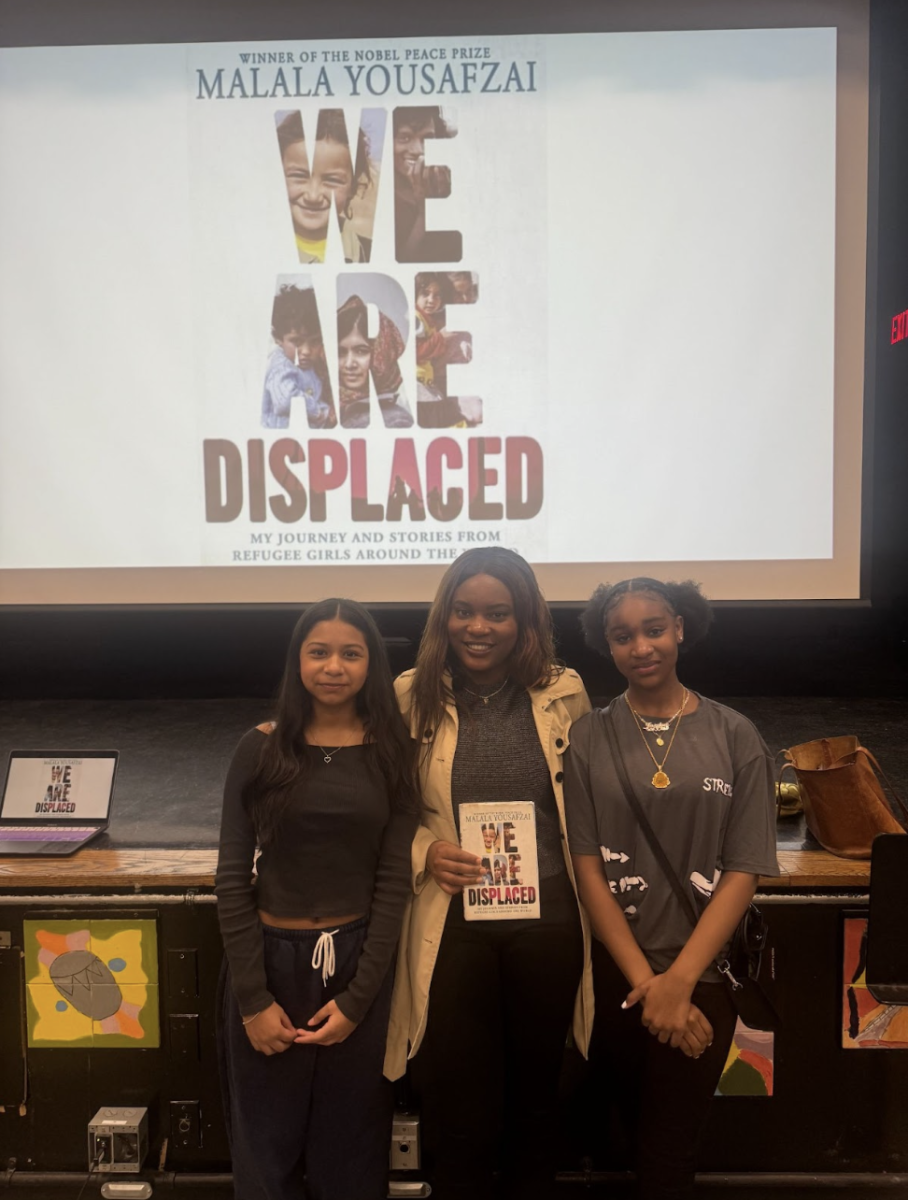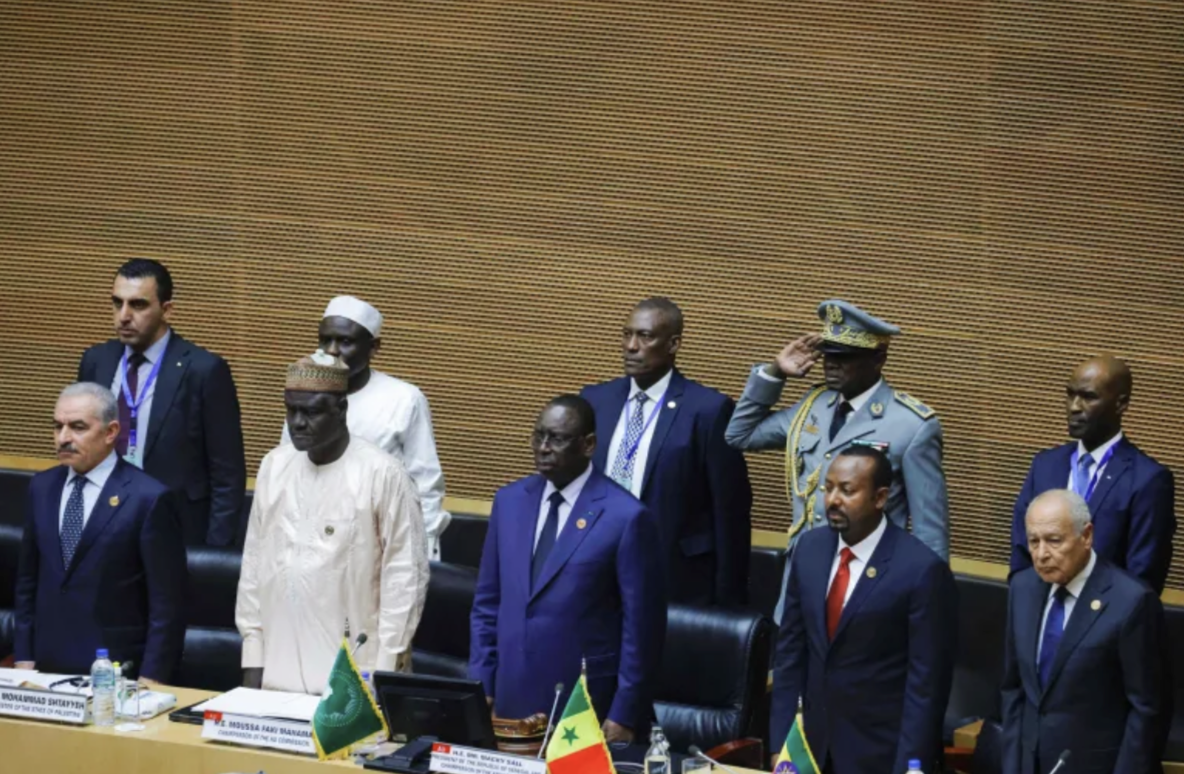It’s Christmastime at my house. The trees have been firmly planted into the carpet and adorned with golden diodes and ruby bulbs. It’s all a bit quaint. My family is having a smaller Christmas this year.
It’s still easy to become exhausted from it all—shopping, decorating, party hosting, and feigned appreciation for articles of clothing. But how did we get to this point? Christmas began as a commemoration of the life of Yeshua of Nazareth (or Jesus Christ, as he is more commonly known). I believe that he would be just as confused by how we now observe December 25th.
Throughout the years, many other cultures have assimilated into Christmas. According to a theory posited in the Encyclopaedia Britannica, the 25th of December comes from the Roman holiday, the Day of the Birth of the Unconquered Sun. The most interesting of all, however, must be Santa Claus.
While the modern Santa Claus is Dutch in origin (Sinterklaas), emigrating from the Netherlands to the New World with the founding of New Amsterdam, the character has a rich and textured history. Indeed, Santa Claus, much like Christmas itself, is less of a single culture and more of a collage of diverse legends and practices consolidated over time.
The History Channel paints it like this: Saint Nicholas was a monk born in the late third century A.D. in what is now Turkey. He purportedly gave up his inheritance to help those in need. His feast day, December 6, was thought to be “a lucky day to make large purchases or to get married.” His popularity in Holland eventually brought him to New Amsterdam, where over a few centuries, Sint Nikolaas became Sinterklaas, which became Santa Claus.
Over the years, Christmas became more and more secular, as the preparation for the holiday overshadowed the holiday itself. Giving gifts between family members, originally recognized as a representation of Jesus’ gift of everlasting life (and the Magi’s gift to Jesus for that matter), became the centerpiece of the tradition. This paved the way for commercialization, leading to the current state of the holiday.
While Christmas largely takes up the Holiday season, it is important to remember that there are other holidays with equal importance and jubilance. The Jewish Hanukkah, the African-American Kwanzaa, and the Hindu Tulsi Pujan Diwas–just to name a few. And so I say to all of you, no matter your beliefs, Happy Holidays & Happy New Year.





